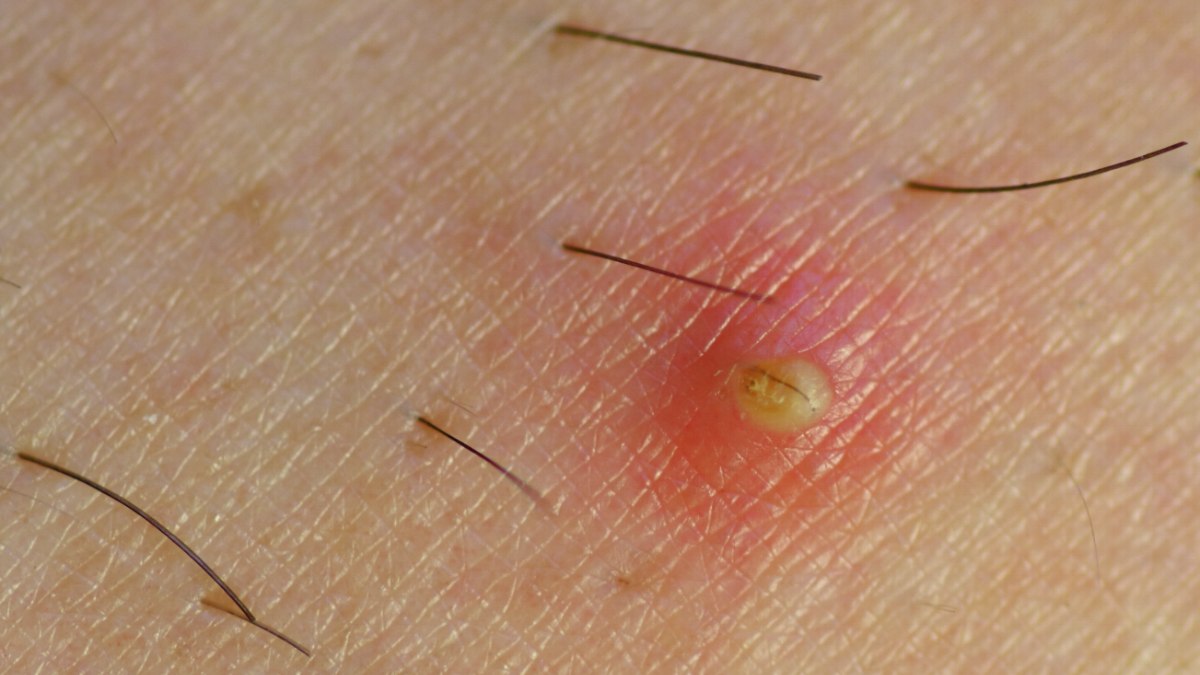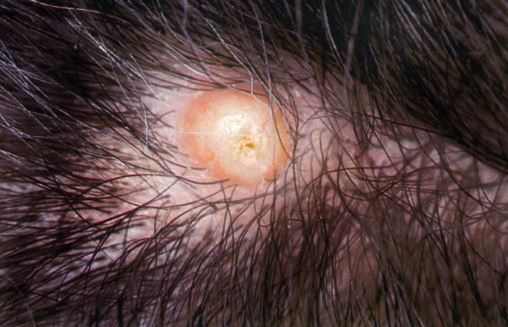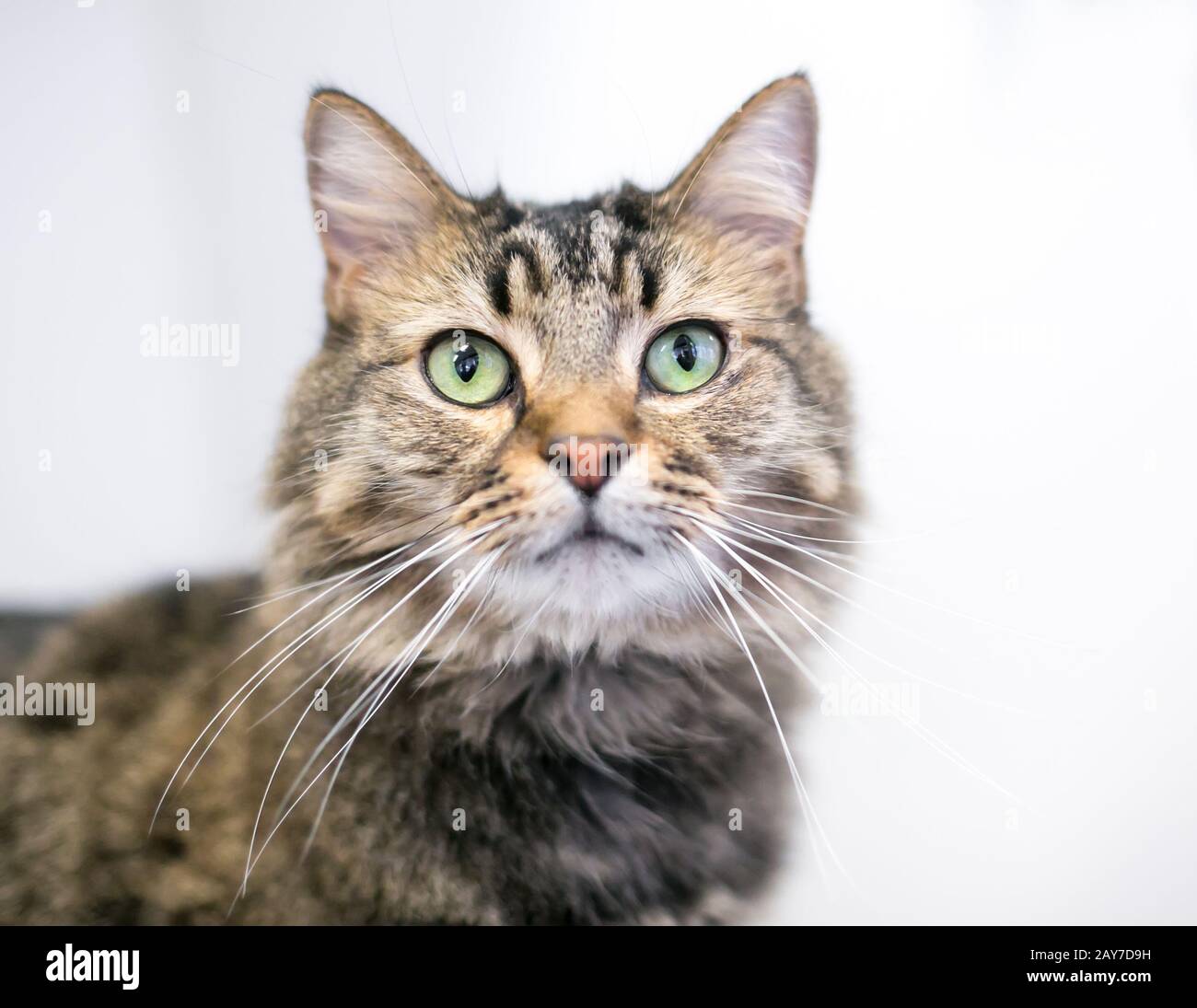Table Of Content
Ingrown hair cysts may go away on their own or with simple treatment. However, you may need to see a healthcare provider to treat an ingrown hair cyst that's hard to get rid of. Most instances of ingrown hair get better without treatment.
Avoiding popping
I find myself purchasing a new bottle every other month. Below are frequently asked questions relating to ingrown pubic hairs. Sometimes, skin cells and a fibrous substance called keratin, a protein in hair and nails, collect within the lump. Staph infections can spread to the bloodstream and become very serious. They do not go away on their own, so it is crucial to seek medical attention quickly to receive prompt treatment. While cases of staph are becoming rarer in hospitals, they may be increasing in the wider community.
Management and Treatment
Your healthcare provider, often a dermatologist, will offer treatment options like hair extraction, ointments, and oral medications as needed. Many people call these bumps razor bumps or razor burn, and their medical name is pseudofolliculitis. When regular spots appear on your skin, especially those with a pus-filled head, it’s tempting to pop them. Dermatologists advise against it as it can lead to infection and scarring. You should treat ingrown hairs with the same caution and not pop them. If you have an infected ingrown hair, picking at it risks spreading and worsening the infection.
How does someone get rid of an ingrown hair cyst?
Hair removal methods that don’t require shaving are less likely to result in ingrown hairs, but they don’t necessarily get rid of the problem entirely. If you’re prone to getting ingrown hairs, you may still be at mild risk even with some of these methods. Laser hair removal is a good way to get rid of ingrown hair because it destroys the underlying hair follicle. In most cases, you won’t need to see a healthcare professional for razor bumps. Razor bumps are most common in Black cisgender males and those of Asian descent, as well as people who shave.
The Ultimate Guide to Preventing & Treating Your Ingrown Hairs - SheKnows
The Ultimate Guide to Preventing & Treating Your Ingrown Hairs.
Posted: Wed, 03 Aug 2022 07:00:00 GMT [source]
To reduce the chances of getting ingrown hair cysts, keep your skin clean and gently exfoliated and moisturized. If you do shave, don't shave too close, and always shave in the direction the hair grows. This article explains what an ingrown hair cyst looks like and why these bumps form.
What To Do For Ingrown Hair In Pubic & Bikini Areas - Refinery29 Australia
What To Do For Ingrown Hair In Pubic & Bikini Areas.
Posted: Wed, 07 Jul 2021 07:00:00 GMT [source]
When to contact a doctor

Left untreated, severe infections can cause permanent hair loss and scarring. The core goal of treatment for any of these cysts is to reduce their occurrence by keeping your skin exfoliated and moisturized. Body washes and lotions made with gentle glycolic acid will help. So it’s important to follow a doctor or healthcare professional’s directions. An ingrown hair is a place where hair has gotten trapped under the skin.
Health
If ingrown hair infections recur or are severe, you may have an underlying condition that needs medical treatment. Typically, lumps or cysts from ingrown hairs resolve independently. However, a doctor can make a small incision to free the trapped hair or drain cysts if a person wishes. If the site of the ingrown hair acquires an infection with Staphylococcus aureus, it can cause itchy bumps, pain, flushed skin, and pus. If you want to shave, or remove hair in another way, there are things you can do to prevent ingrown hairs and help them get better quicker.
The easiest treatment for an ingrown hair is to wait it out and let the hair grow long enough so that it can loosen up from the skin. To help recovery, you can also apply a warm compress and take medication as needed for inflammation. If you notice signs of infection or your ingrown hair is irritating you, talk to a healthcare provider about possible further treatment.
These include a sudden increase in redness or pain, fever, chills, and a feeling of being unwell (malaise). In the cyst does not go away with home remedies, or someone develops an infection, they may need medical treatment. Prompt treatment can be lifesaving in the case of skin cancer, severe skin infections, and other serious skin issues. This article discusses why hairs become ingrown, how a cyst can develop, and prevention methods. Ingrown hairs are not usually dangerous, but they can be intensely painful.
Prescription acne medications might be needed if OTC methods don’t work. For example, a healthcare professional may prescribe a steroid cream such as hydrocortisone to help reduce redness and pain around your bump or cyst. Trying to remove them can sometimes interfere with the healing process and cause them to last longer. This removes a dead layer of skin cells and helps release ingrown hairs. Make small, circular motions to wash the affected areas with a washcloth, exfoliating brush, exfoliating gel, or scrub. Some doctors believe that ingrown hairs also cause pilonidal cysts.
If shaving worsens your condition, you might want to try a chemical hair removal product (depilatory), such as Nair, Magic, others. If these at-home remedies aren’t working, step away from the tweezers and call your doctor. A medical professional can treat ingrown hairs and help you prevent them in the future. One very useful product is adapalene gel, an over-the-counter retinoid medication.
Superficial folliculitis affects the upper part of the hair follicle and the skin around the follicle. Deep folliculitis affects more of the follicle or even all of it. A healthcare professional may prescribe antibiotics to clear up an underlying infection or recommend surgically removing the cyst. When an individual hair grows into the skin, a fluid-filled lump can develop, which may become a cyst.
For people with sensitive skin, creams may not be the best option since the products can be harsh on the skin if not used properly. If you want to continue shaving, you should consider using a razor with a skin guard. Or, you can swap out razors entirely and use electric clippers or hair removal creams instead. Scarring is another potential complication of ingrown hairs.
Skin cysts are not usually dangerous, and may go away on their own within 7–10 days. For a skin infection, these antibiotics may be topical or oral. If the infection has reached the bloodstream, then IV antibiotics may be necessary. A person with staph is also likely to experience recurrences of this infection. Redness may be harder to see on black or brown skin, but they may look a different colour to the surrounding skin. It’s believed that razors with at least two edges can also lead to transfollicular penetration.
Infected ingrown hairs can be uncomfortable, but most clear up on their own in 7–10 days with good hygiene. Instead, gently scrub the area with warm water and soap. This can help ease the ingrown hair out of the skin on its own.












